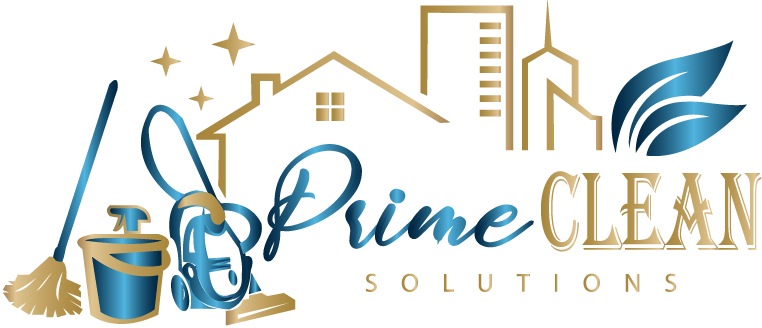The Science of Cleanliness: How Cleaning Impacts Health

In our modern world, where cleanliness has taken center stage more than ever, the link between a clean environment and good health is undeniable. From reducing the spread of harmful germs to minimizing allergens, regular cleaning plays a vital role in maintaining a hygienic living or working space. Let’s delve into the science behind cleanliness and its profound impact on our health.
The Germ Warfare: Battling Pathogens Through Cleaning
Germs lurk everywhere, from doorknobs to countertops, and even in the air we breathe. These microscopic invaders can cause a range of illnesses, from the common cold to more severe infections. Regular cleaning with disinfectants is crucial in eliminating these pathogens, reducing the risk of contagious diseases. According to a study published in the Journal of Applied Microbiology, effective cleaning significantly reduces the presence of harmful bacteria, viruses, and fungi on surfaces, thus lowering the likelihood of transmission.
Clearing the Air: Minimizing Allergens for Better Breathing
Allergens, such as dust mites, pet dander, and pollen, can trigger allergic reactions and exacerbate respiratory conditions like asthma. Keeping indoor spaces clean is essential for minimizing these allergens and improving air quality. Vacuuming carpets, dusting surfaces, and regularly washing bedding are effective measures to reduce allergen accumulation. Research conducted by the American Academy of Allergy, Asthma & Immunology emphasizes the importance of cleanliness in managing allergies and respiratory issues, highlighting how a clean environment can lead to better health outcomes.
A Sanctuary of Hygiene: Creating Safe and Healthy Spaces
Whether at home or in the workplace, maintaining a clean environment is crucial for promoting overall health and well-being. A hygienic space not only safeguards against illness but also fosters a sense of comfort and peace of mind. By implementing consistent cleaning routines and adhering to proper hygiene practices, individuals can create safe havens where they can thrive. Studies cited by the Centers for Disease Control and Prevention (CDC) underscore the role of cleanliness in preventing the spread of infections, underscoring its significance in safeguarding public health.
Conclusion
The science of cleanliness reveals a compelling connection between cleaning practices and health outcomes. From combatting harmful germs to alleviating allergy symptoms, regular cleaning is essential for maintaining a hygienic living or working environment. By embracing cleanliness as a cornerstone of health, individuals can protect themselves and those around them, fostering safer and healthier communities.

